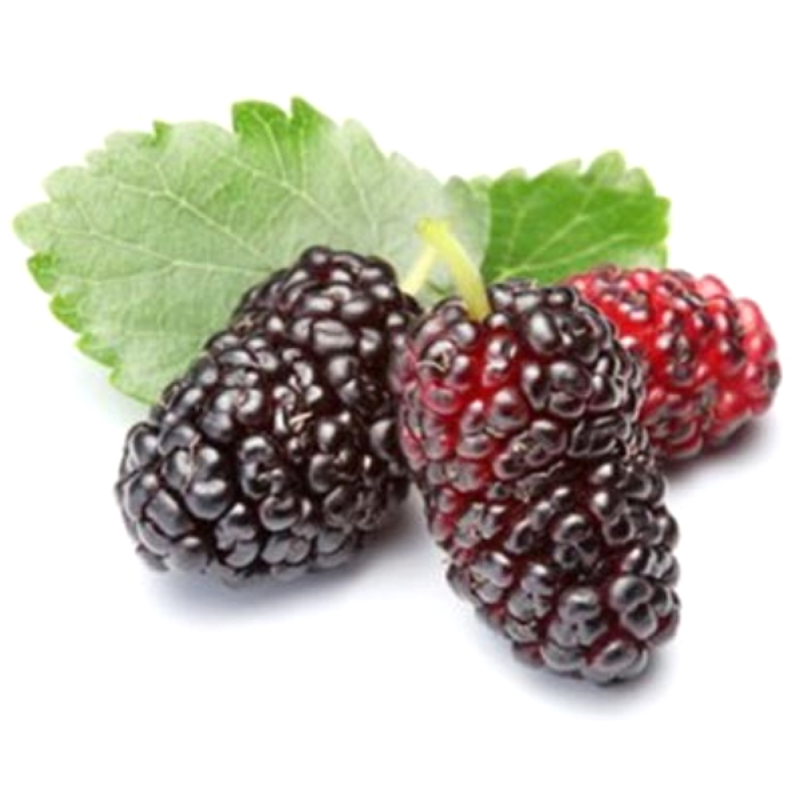- Species and varieties: Miracle Mulberry (Morus alba) is a species of mulberry known for its sweet and nutritious fruit. There are several varieties of Morus alba, including 'White Mulberry', 'Red Mulberry', and 'Black Mulberry'. Each variety has its unique characteristics in terms of fruit color, size, and taste.
- Hybrid or heirloom: Miracle Mulberry seeds can be both hybrid and heirloom. Heirloom varieties are often preferred for their traditional qualities and consistent fruit production, while hybrid varieties may offer improved disease resistance and higher yields.
- Pruning and training: Pruning is essential for maintaining the shape and health of Miracle Mulberry trees. Prune in late winter or early spring to remove dead or diseased branches and to shape the tree. Training young trees to a central leader system can help improve fruit production and ease of harvest.
- Fertilization needs: Miracle Mulberry trees benefit from a balanced fertilizer applied in early spring. A 10-10-10 (N-P-K) fertilizer is suitable. Mulching around the base of the tree can help retain moisture and provide additional nutrients as it decomposes.
- Hardiness zones: Miracle Mulberry trees are suitable for USDA hardiness zones 4 through 9. They can tolerate a wide range of temperatures but thrive best in regions with mild winters and warm summers.
- Climate requirements: Miracle Mulberry trees prefer full sun and well-drained soil. They are drought-tolerant once established but benefit from regular watering during dry periods. They can adapt to various soil types, including sandy, loamy, and clay soils.




